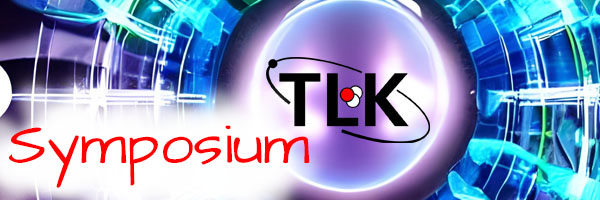Speaker
Description
A major focus of the research at Tritium Laboratory Karlsruhe (TLK) is to develop key technologies needed both for fusion and for the operation of the KATRIN experiment. One important consideration towards maintenance and decommissioning of tritium experiments is the development of suitable decontamination procedures. These could also be applied to reduce tritium memory effects, e.g. of analytic tools used in process monitoring. In the case of the KATRIN experiment, adsorbed tritium is regularly removed from the "Rear Wall" located inside its tritium source, since it contributes to the systematic uncertainty on the tritium $\beta$-spectrum. This is done in-situ via UV/ozone cleaning, which is a method that has been mentioned in literature multiple times. However, the underlying mechanism leading to the decontamination effect is not yet well understood. To investigate this mechanism systematically and to optimise the decontamination procedure, the UV ozone (UVO) experiment was set up. Carried out in a controlled environment, its purpose is to explore the production and depletion rates of ozone, as well as chemical processes between contaminated surfaces, ozone, and flushing gases like N2, H2, D2 and others with spectroscopic tools. This poster gives an overview of the UVO experiment and presents first quantitative results of the pressure dependence of ozone production and depletion rates in synthetic air.

